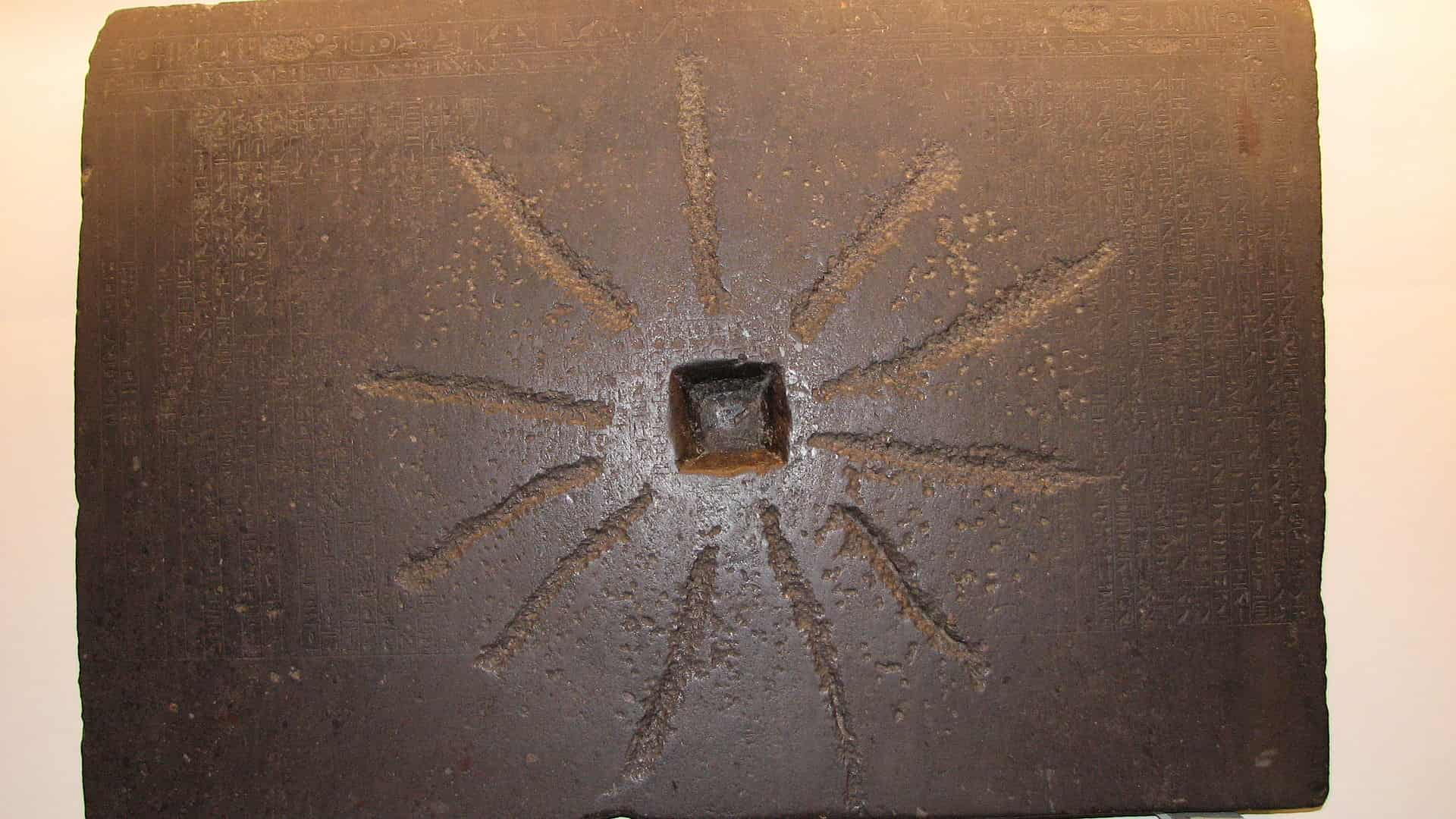Shabaka Stone: History, Origin, and Meaning
The dating of the original text, from which Shabaka copied the inscription, fluctuates by over 2000 years.

The dating of the original text, from which Shabaka copied the inscription, fluctuates by over 2000 years.

